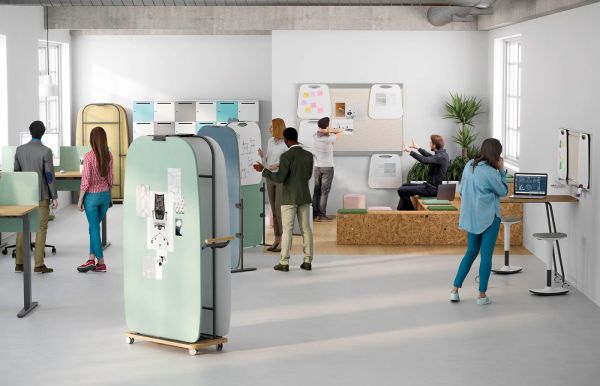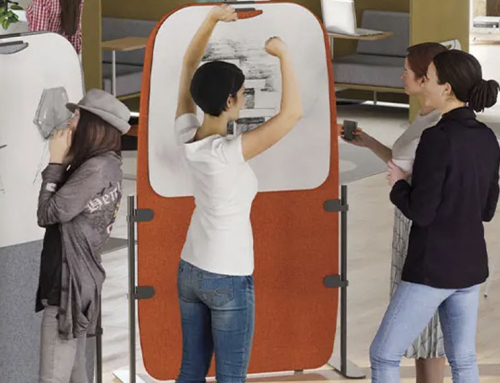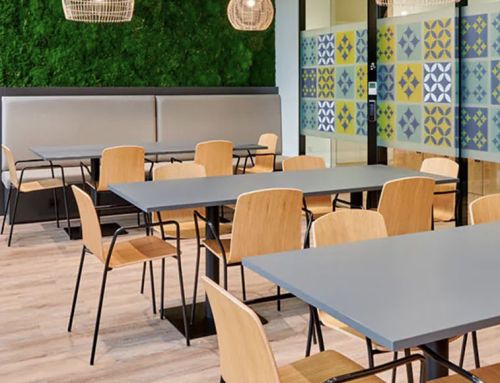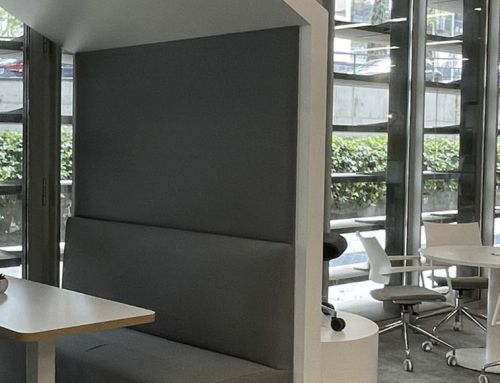Asynchronous working is starting to take hold in organisations. In the wake of the pandemic, the way we work has changed, especially in terms of flexibility. Where are we heading?
A study by Sony Professional Displays & Solutions identifies asynchronous working as the new normal, where employees don’t all have to be online at the same time to be productive.
What is asynchronous working?
Asynchronous working allows employees in the same team to work at different times in contrast to traditional office hours and without the expectation of responding immediately to each other. That is, each person can work on a personalised schedule instead of following a monolithic set system.
According to the Sony study, almost half of office workers (49%) believe that asynchronous working is the future of the professional world and 57% of office workers in Spain would like their employers to offer them the flexibility of asynchronous working.
Forty-two percent of respondents agree that asynchronous working would favour optimised communication with fewer distractions, and 63% believe it would lead to a better work-life balance. This, in turn, offers greater flexibility and accountability, freeing up time to deliver more effective work when staff are online.
However, while the appeal of asynchronous working is clear, it appears that organisations need to improve their technology to ensure they reap the benefits. Fifty percent of respondents do not believe their company has the tools to make it a reality.
Office workers are calling for a transition to asynchronous working, but a lack of confidence and a shortage of technology tools and solutions is delaying the change. 55% of workers do not believe that their employer trusts them to work the hours that suit them, even with a clear agreement on meeting deadlines and delivering results.

The role of the office in asynchronous work
The study suggests that the office will be central to the future of the professional world, but that it should be used as a meeting point for collaboration.
Offices must increasingly become a place for socialising. To do this, we need to transform our offices until they become a workplace where we want to go… To share space “with my peers”; to feel that we are part of a community, of a common culture; to use the best technology; to live different experiences and to work in optimal conditions of comfort, which we do not always enjoy when teleworking. Or simply to chat over a coffee.





